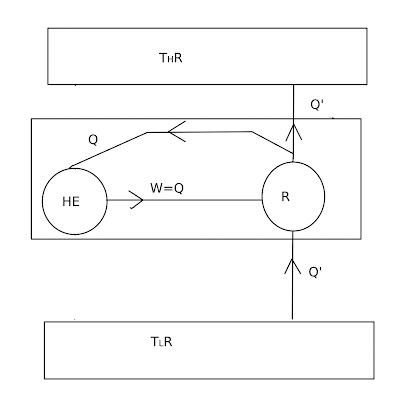W ell ! i don't know how often you drink and which form of alcohol you prefer - beer , wine , whiskey or rum but all of them give one kinda of haziness which keeps you away from any kind of instantaneous action you want to do . Don't know what i want to do embarrass myself or what but i am having strong urge of sharing about my haziness after drinking . first time when i found myself drunk i was in my 9th standard pretty drunk and the liquor i used that time was moonshine not because it was my first choice but because of its low cost which eventually suited my budget that time . i was in boarding school and it was very difficult for my friends to protect me from expelling but anyway they did it very decently well i feel very gratitude for them whenever i recall that time . i also vomit for the first time yeah ! that is my story well i could have make it more embarrassing but i don't it to be so , let it be . first of all i want t...
Bestdeals,Facts,News,quotes,lifehacks & entertainment.







Comments
Post a Comment